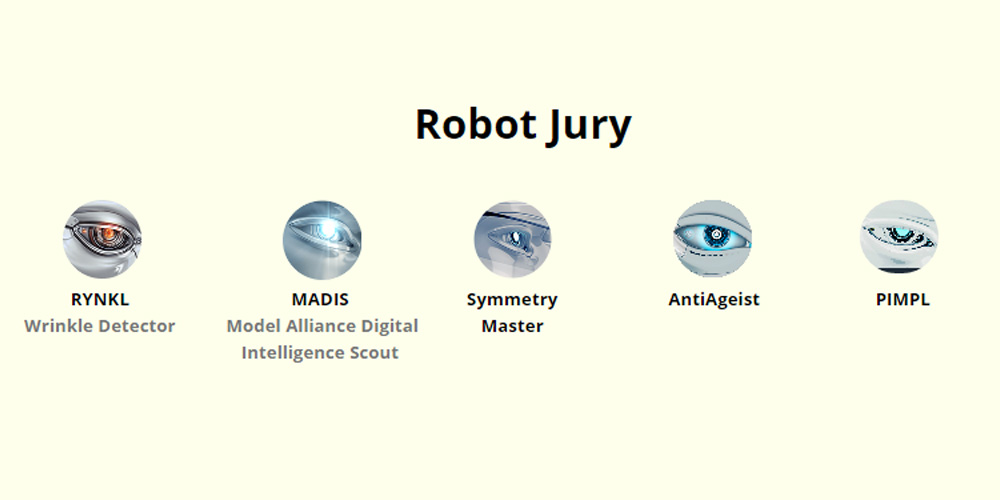
Beauty.AI is the first international beauty contest judged entirely by Artificial Intelligence (AI). And the results were not at all expected.
Humans came to know that computers are somehow... racist.
The contest had more than 6,000 applicants coming from more than 100 countries. The team of judges, which was a five robot panels, picked the winners from the applicants' submitted photos.
Their algorithms then work to determine which of the faces resembled the idea of a "human beauty."
The five judges were:
- RYNKL: scoring people by the "wrinkleness" within their age group (the less the better).
- PIMPL: analyzing the amount of pimples and pigmentation from the contestants (less is better).
- MADIS: scoring people by their similarities to models within their age and ethnic group (50 to 100).
- Symmetry Master: evaluating the symmetry of the contestants' faces (less score means more symmetric).
- AntiAgeist: estimating the difference between the contestants' chronological and perceived age (less score = younger).

Beauty.AI is the first beauty contest judged entirely by robot jury. The contest where humans and robots can apply to participate, the platform opens submission for multiple developers and beauty-ranking algorithms to train and test their systems.
The project was launched by Youth Laboratories team, whose aspiration "is to grasp the fundamentals of human nature and effective ways of aging slow down and retaining the youthful look for as long as possible."
But what came out of the contest, can lead to offensive results: each of the five robots used their own AI to analyze specific traits that contribute human's outer beauty. And using their complex algorithms, the robot judges picked 44 winners: a lot of whites, a few Asians and one black.
What comes to be a disheartening result, the judges basically do what Tay would do if she came back to life.
Read: Microsoft's Tay, A Teenage AI Girl With A Dirty Mouth. Lessons Learned?

According to Alex Zhavoronkov, Beauty.AI's Chief Science Officer, while there are a number of reasons why the algorithm favored white people, the main problem was that the data the project used to establish standards of attractiveness did not include enough minorities.
Although the group didn't build the algorithm to treat white skin as a sign of beauty, the input data effectively led the AI to reach that conclusion.
AI is still in its infancy, although it uses advanced algorithms and complex computing. From what is clear, we know that us humans still have a long long way to go.
But what matters here in the contest is that "beauty is perception", and perception is how people see others. And the result is usually biased.
"If you have not that many people of color within the data set, then you might actually have biased results," said Zhavoronkov, who was also surprised by the winners. "When you're training an algorithm to recognize certain patterns … you might not have enough data, or the data might be biased."
Data scientists and Youth Laboratories team of biogerontologists believe that in the future, machines will be able to get a lot of vital information about someone's health by just processing their photos. Along with time, humans can create algorithms that can accurately evaluate these perceptions.
There were many attempts to do this in the past. But this time, AI will have a more global impact because of the advances of symbolic learning, deep learning and massive semantics analysis.